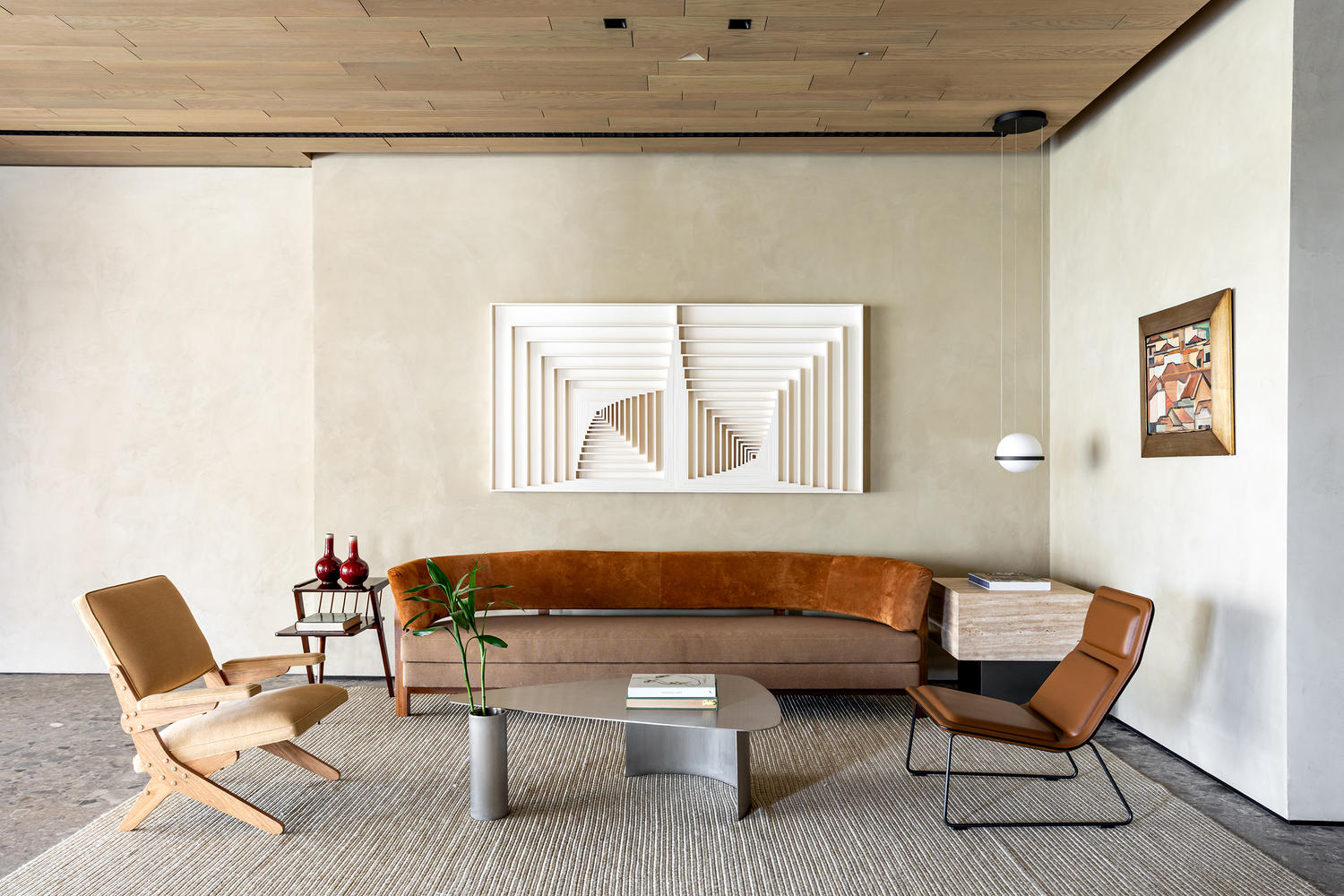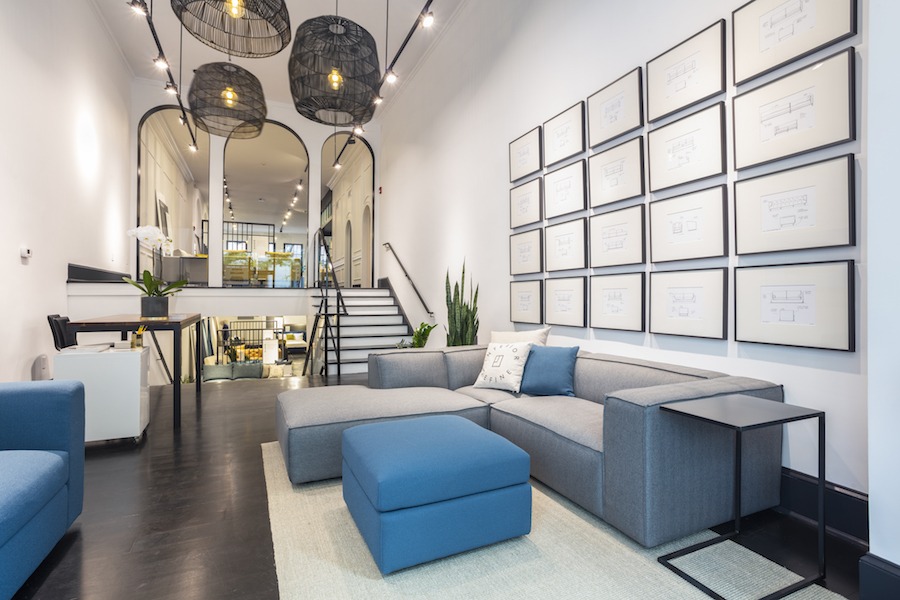Interior design is much more than just arranging furniture or choosing paint colors; it’s about creating spaces that enhance our everyday lives. Whether you’re a seasoned designer or a homeowner looking to spruce up your space, understanding interior design is crucial. In this article, we will cover the definition of interior design, explore its key principles, discuss popular trends, and provide practical tips to help you get started.
What is Interior Design?
Interior design is the art and science of enhancing the interior of a space to achieve a healthier and more aesthetically pleasing environment for its end-users. It is a multifaceted profession that combines creativity and technical knowledge to create functional and beautiful living or working spaces.
Key Components of Interior Design
- Space Planning: This involves determining how to best utilize the available space, considering both function and aesthetics.
- Color Theory: Color plays a crucial role in creating mood and ambiance within a space.
- Furniture Selection: Choosing the right furniture pieces that fit the overall design theme while being functional.
- Lighting: Proper lighting can drastically change the feel of a room and influence the mood of its occupants.
- Textiles and Materials: Selecting the right fabrics and materials to create comfort and style.
The Principles of Interior Design
Understanding the fundamental principles of interior design can help you create spaces that are not only attractive but functional. Let’s take a look at these key principles:
Balance
Balance in interior design refers to the distribution of visual weight within a space. It can be symmetrical, asymmetrical, or radial. Ensuring balance creates a sense of harmony in the environment.

Contrast
Contrast involves using opposing elements to create interest in a room. This could be differing colors, shapes, or textures to enhance the visual experience.
Rhythm
Rhythm in design works like a musical score—achieved through repetition of colors, patterns, or shapes that guide the eye through the space.

Emphasis
Every room needs a focal point. Emphasis is used to draw attention to a specific area or feature, such as a fireplace or a piece of artwork.
Proportion and Scale
Proportion relates to the relationship between objects in terms of size, and scale measures how these objects relate to the human body or surrounding elements.

Popular Trends in Interior Design
Interior design is constantly evolving, with trends changing based on cultural shifts, technological advancements, and design innovations. Here are some of the latest trends:
Sustainable Design
More homeowners are focusing on sustainable and eco-friendly design solutions, utilizing recycled materials and energy-efficient fixtures to create a positive environmental impact.

Minimalism
Minimalism emphasizes simplicity and functionality. This trend is characterized by clean lines, uncluttered spaces, and a focus on essential items.
Biophilic Design
This approach integrates nature into interior spaces. It includes elements like indoor plants, natural light, and organic materials to connect occupants with the natural world.

Smart Home Integration
The rise of technology in homes has spurred a trend toward smart home integration. Devices that enhance security, efficiency, and convenience are becoming standard in modern interior design.
Tips for Designing Your Space
Applying the principles and trends of interior design can be easier than you think. Here are some practical tips to help you design your space:

Start with a Concept
Before you start selecting colors and furniture, develop a clear concept of what you want to achieve. This could be a theme like “cozy cottage” or “modern industrial.”
Incorporate Personal Touches
Your space should reflect your personality. Don’t hesitate to incorporate personal items, such as artwork, family photos, or heirlooms that resonate with you.

Using Color Wisely
Choose a color palette that resonates with your desired mood. For example:
| Color | Mood |
|---|---|
| Blue | Calming and serene |
| Yellow | Cheerful and uplifting |
| Red | Passionate and energetic |
| Green | Refreshing and rejuvenating |
Don’t Overcrowd the Space
While it’s tempting to fill every empty spot, overcrowding can lead to clutter and chaos. Choose a few statement pieces rather than stuffing your space full of decor.
Pros and Cons of DIY Interior Design
While hiring a professional interior designer can be beneficial, many people choose to tackle their interior designs themselves. Here’s a breakdown of the pros and cons:
Pros
- Cost-Effective: DIY projects can save money compared to hiring a designer.
- Personal Satisfaction: There’s a unique joy in creating something with your own hands.
- Creative Control: You have the freedom to create a space that genuinely reflects your taste.
Cons
- Time-Consuming: DIY projects can take longer than expected and can be labor-intensive.
- Limited Expertise: Without professional training, you might overlook important design principles.
- Potential Mistakes: Inexperience can sometimes lead to costly errors.
Frequently Asked Questions
What qualifications do I need to become an interior designer?
Most professional interior designers hold a degree in interior design or a related field. Additionally, obtaining certification or licensure can enhance job prospects.
How can I find my interior design style?
Start by exploring different design styles through magazines, websites, and social media platforms like Pinterest. Create an inspiration board to identify the elements that resonate with you.
What is the difference between interior design and interior decorating?
Interior design involves a broader scope that includes space planning, architectural details, and functionality, while interior decorating focuses solely on enhancing the aesthetic appeal of a space.
Can I hire an interior designer if I have a limited budget?
Yes! Many interior designers offer consultation services or can work within a budget. You can also hire them for specific tasks rather than a full project.
Final Thoughts
Interior design is an enriching field that combines creativity, functionality, and personal expression. Whether you’re updating your home or designing a new space from scratch, understanding the fundamental concepts of interior design can help you make informed decisions that best suit your needs.
Remember that your space is a reflection of you. Take the time to explore, experiment, and enjoy the process of creating a beautiful interior that resonates with who you are!